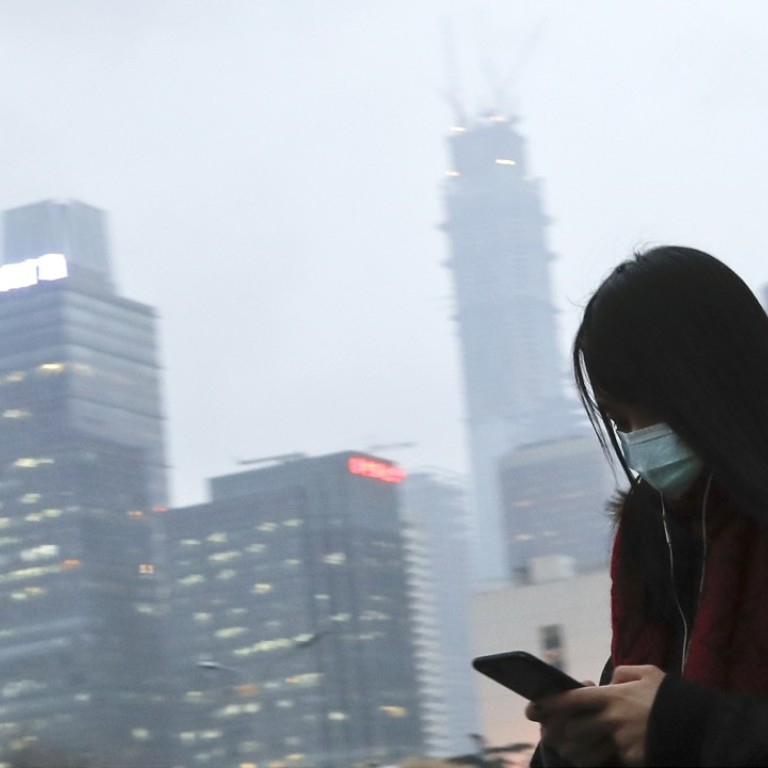
Green policy push by Beijing just a breath of fresh air
Favourable weather may have helped improve air quality in Beijing, but tough anti-pollution measures also played their part and must continue to do so
Beijing experienced its best winter air quality in five years last month. Favourable weather played an indispensable part. But the dramatic improvement would not have been entirely possible either without tough measures to cut polluting emissions. For 25 consecutive days in December air quality was rated “excellent” or “good”. The rare smoggy days were less severe than normal and pollution dispersed more quickly. In the past, heavy smog would linger for seven or eight days on average.
Despite the qualification of low pollution readings thanks to the weather, the result has to be seen as encouraging. It also reflects sustained efforts by the authorities to switch from coal and other high-pollution fuels to new energy sources. That said it is going to be a long fight before these measures prevail over decades of environmental abuse and neglect. Evidence of that is to be found in the levels of PM2.5 – respirable suspended particles with a diameter of 2.5 microns or less that can cause cancer – on the few days of elevated air pollution. They exceeded 200 micrograms per cubic metre, compared with the World Health Organisation’s guideline for a safe level of PM2.5 of 25mcg per cubic metre.
Air quality was rated “excellent” or “good” on 32 of the 36 days from November 15 to December 20, with an average PM2.5 level of 38. Environmentalists said the unusually clean air was a credit to the authorities for their unprecedented efforts during the summer to cut emissions, close polluting factories and switch to cleaner energy such as electricity and gas for winter heating.
The Ministry of Environmental Protection ordered 28 cities, including Beijing, which were deemed to form a “smog transmitting” corridor to shut small steel processing, chemical and plastics factories by October. Building sites and roadworks were also shut in Beijing and Tianjin, and some factories were ordered to suspend production on bad-air days during the heating season.
Given such firm measures, it is unsurprising that the capital topped the first issue of the country’s new “green development index” as a government promoting environmentally friendly development. The index, compiled by the statistics, economic planning and environment bureaus, puts the environment above economic growth as Beijing pressures local cadres to change their mindset.
Cautious optimism is prudent, and not just because of the influence of the weather. The elevation of the environment to the forefront of policy objectives will take time to show real sustained effects. The need for the government to remain unwavering in pressing ahead with its policies is paramount.

